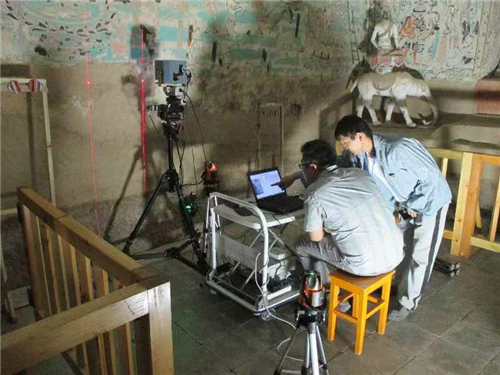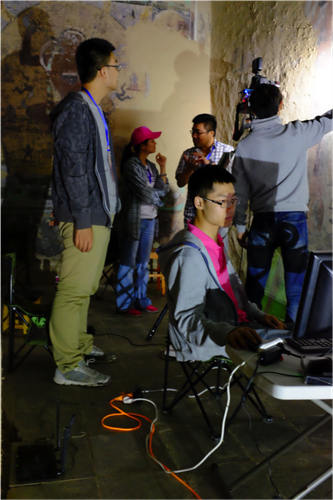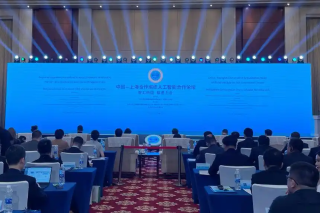Artificial intelligence gives life to relics
The statistics show that China has 767,000 immovable cultural relics and 1.8 billion State-owned movable relics. Chen Zhuo, curator of Tianjin Museum, recently signed an agreement with Tianjin University School of Life Sciences to better protect precious relics using modern scientific technology.
Aside from extracting essential oils from flowers and displaying the 3-D structure of ancient buildings through digital technology, researchers at Tianjin University are also using artificial intelligence to preserve cultural and historic properties.
Due to the lack of protection technologies, irreparable damage is still being caused to some extremely precious relics like the Dunhuang Frescoes and the Hanging Temple. And it always seems too late when people appeal to preserve them.
Though the concept of "preventive preservation" was proposed long ago, people couldn't find appropriate ways to implement it. But as one of the most advanced technologies of the new era, artificial intelligence not only can change the future, it can also benefit treasures of the past.
The team of the Information and Technology Research Center for Cultural Heritage Conservation and Promotion in Tianjin University is led by three professors, Sun Jizhou, Zhang Jiawan, and Feng Wei. For the last 10 years they have used modern information technologies like artificial intelligence to restore cultural relics.
"We used to rely on simulation studies in the laboratory, but the reality is more complex," Zhang said. In order to break the bottleneck in relic preservation, the team developed a new preventive protection technology that associates cultural relics with risk sources. The same technology has been applied in such heritage sites as the Dunhuang Academy, the Summer Palace and the Labuleng Lamasery.

Researchers acquire scientific reference data using micro-monitoring technology [Photos provide to chinadaily.com.cn]
In collaboration with the Dunhuang Academy, the Zhang team selected 11 grottos and 47 observation points to monitor murals and painted relics. Meanwhile, they gave full consideration to typical organic threats that Dunhuang relics might face, and grotto distribution, using artificial intelligence technologies like micro-monitoring and image analysis. By doing so, they acquired a lot of scientific reference data.

After monitoring and analyzing the Mogao Grottoes murals from 2014 to 2016, Feng Wei discovered tiny changes of 0.1 millimeters in the murals over the course of a year. This result was regarded by experts as a major breakthrough in the field of relic protection.
"Only by comparing the differences, can we know how some damage was caused," Zhang said, "Previously, we only monitored the environment but forgot the relics themselves; we also ignored the interplay between relics and their environment."
Currently, the 20-member team is traveling around the country, trying to preserve our ancient civilization thorough modern information technology. Zhang hopes that that more researchers in natural science will join them. "We can give life to relics collected in museums, heritages distributed in situ and words written in ancient documents."

Copyright ©
Tianjin Municipal Government. All rights reserved. Presented by China Daily.
京ICP备13028878号-35



